Unique Features of ZOTUP Surge Protection Devices
ZOTUP introduces an innovative technology to the market, resulting from over 4.5 years of intense research and development. Backed by more than 360 laboratory tests and 5 international patents, our surge protection devices set the new standard for low-voltage power circuits.
ZOTUP surge protection devices provide an exceptional combination of high performance, maximum safety, ease of installation, and long-lasting reliability—all in one product. Our solutions are designed to deliver top performance in every test class, making our surge protection devices truly unique.
Why Choose ZOTUP?
- Patented technology: Backed by 5 international patents.
- Thorough testing: Over 360 laboratory tests to ensure quality and safety.
- Easy installation: Designed to be quick and simple to install.
- Unmatched reliability: Depend on protection that lasts over time.
Learn more about our surge protection devices and how they can enhance the safety and efficiency of your electrical installations.
Contact us today for a personalized consultation!
-
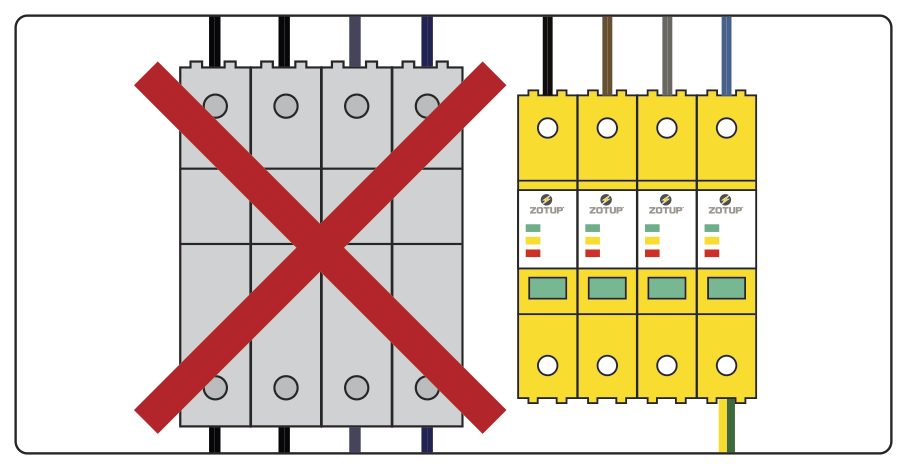
Fuse Function
Watch VideoThe Fuse Function (ff) ensures that, in the event of the end of life of the surge protector, an open circuit failure occurs without the need for series back-up fuses. This is made possible by ZOTUP’s patented internal disconnector, which manages both end-of-life processes (slow and instantaneous), as required by the IEC 61643-1 standard.
Advantages of Eliminating Back-up Fuses:
- Better Overall Protection: By eliminating fuses with MCB ≤ 160 A and related connection cables, space within the electrical panel is reduced.
- Maintaining Discharge Capacity: The SPD retains its full discharge capacity.
- Reduced Voltage Drop (Upf): Removing back-up fuses helps reduce the overall voltage drop across the protection circuit.
The ZOTUP internal disconnector is an innovative element that provides a complete solution, combining protection, efficiency, and space-saving for electrical installations.
-
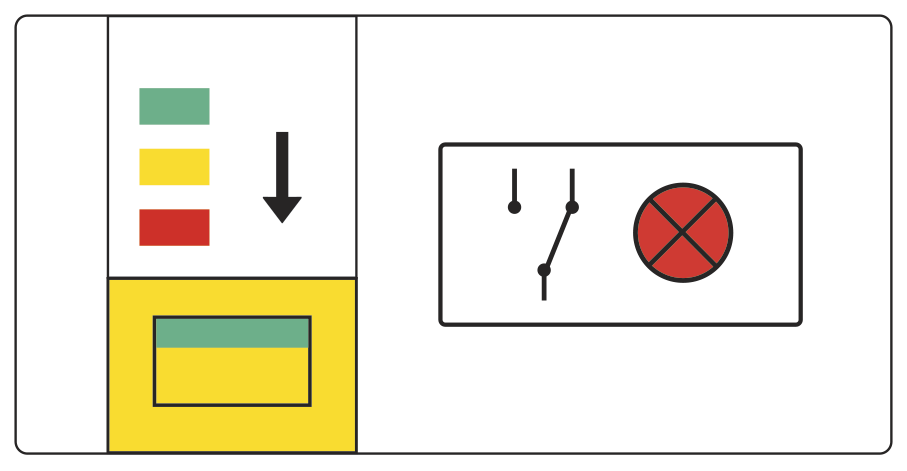
Progressive Performance Indicator
Watch VideoThe progressive performance indicator allows for effective monitoring of the surge protector's degradation level. This monitoring can occur:
- Locally: Using the progressive performance status indicator, which changes color based on the degradation level.
- Remotely: Through a remote signaling contact (if available) that activates when minimum performance levels are reached.
How the Progressive Status Indicator Works:
The degradation level is displayed through color changes (green-yellow-red) in the status display window. The transition from green (full performance) to yellow (minimum performance) occurs gradually. This shifts from delayed end-of-life information of the SPD to preventive information, allowing for maintenance and timely replacement of the surge protector.
Benefits of Preventive Monitoring:
- Scheduled Maintenance: Avoids emergency interventions, improving system reliability.
- Reduced Downtime: Allows for quick replacement of the surge protector before failure.
- Enhanced Safety: Ensures the surge protection system always operates at its best performance.
-
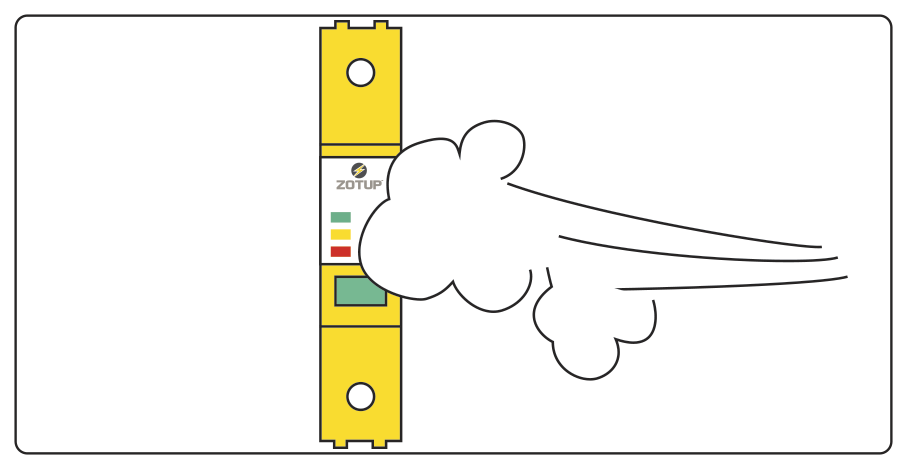
Pollution Degree 3
Watch VideoThanks to extensive research on materials and a specifically targeted design, ZOTUP SPDs achieve and meet Pollution Degree 3 standards, supporting voltages up to 500 V AC and a wide temperature range from -40° to +80°C.
Resistance to Conductive Pollution and Harsh Conditions:
ZOTUP SPDs are designed to operate effectively even in harsh environments characterized by conductive pollution such as dust, salt, humidity, and condensation. In these conditions, other SPDs may suffer severe damage, even without the presence of surges.
- Greater Reliability: ZOTUP SPDs offer increased reliability in challenging environments, reducing the risk of failure.
- Suitable for Critical Applications: Ideal for applications that require solutions capable of withstanding extreme conditions that could not be met by SPDs with lower pollution degrees or standard temperature ranges.
Improved Reliability and Wide Range of Applications:
This feature not only ensures greater reliability but also makes ZOTUP SPDs suitable for a wide range of applications, even in harsh environmental conditions that demand robustness and optimal performance.
-
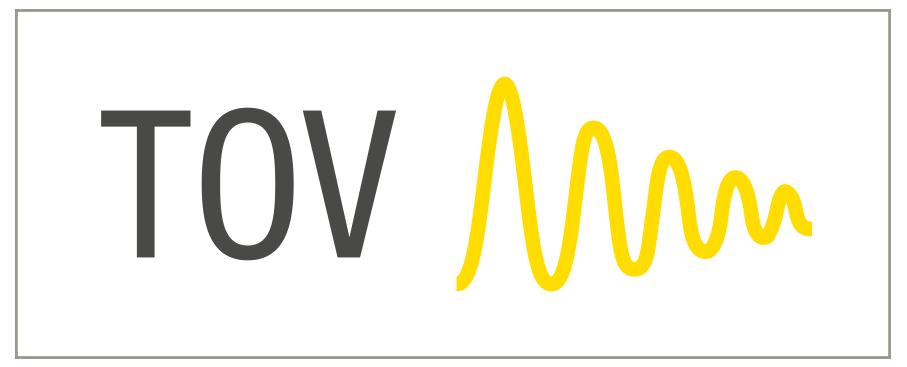
High Withstanding Capacity Against Temporary Surges
A surge protection device (SPD) is designed to protect against high-frequency events lasting microseconds (kHz – MHz). However, the importance of protecting against temporary overvoltages at 50 Hz, known as TOV (Temporary Overvoltages) at industrial frequency (f = 50Hz), is often underestimated. These overvoltages are non-impulsive in nature and have a relatively long duration.
Difference Between Temporary and Transient Overvoltages:
While transient overvoltages are brief and impulsive, temporary overvoltages require the SPD to have a withstand mode (W): it must be able to withstand such TOVs without being damaged.
Withstand Mode (W) and Safe Failure Mode (S) in SPDs:
Some SPDs on the market feature a safe failure mode (Safe Failure Mode – S), where the SPD may fail, but in a safe way (without catching fire and maintaining its IP rating). This is considered the minimum acceptable condition to avoid greater risks.
Why Choose SPDs with High Resistance to Temporary Overvoltages?
- Greater Reliability: Continuous protection even in the presence of TOVs.
- Enhanced Safety: Safe failure without fire risk or IP compromise.
- Suitable for Extreme Conditions: Ideal for installations operating in environments with frequent temporary overvoltages.
Explore the Surge Protection Device Families
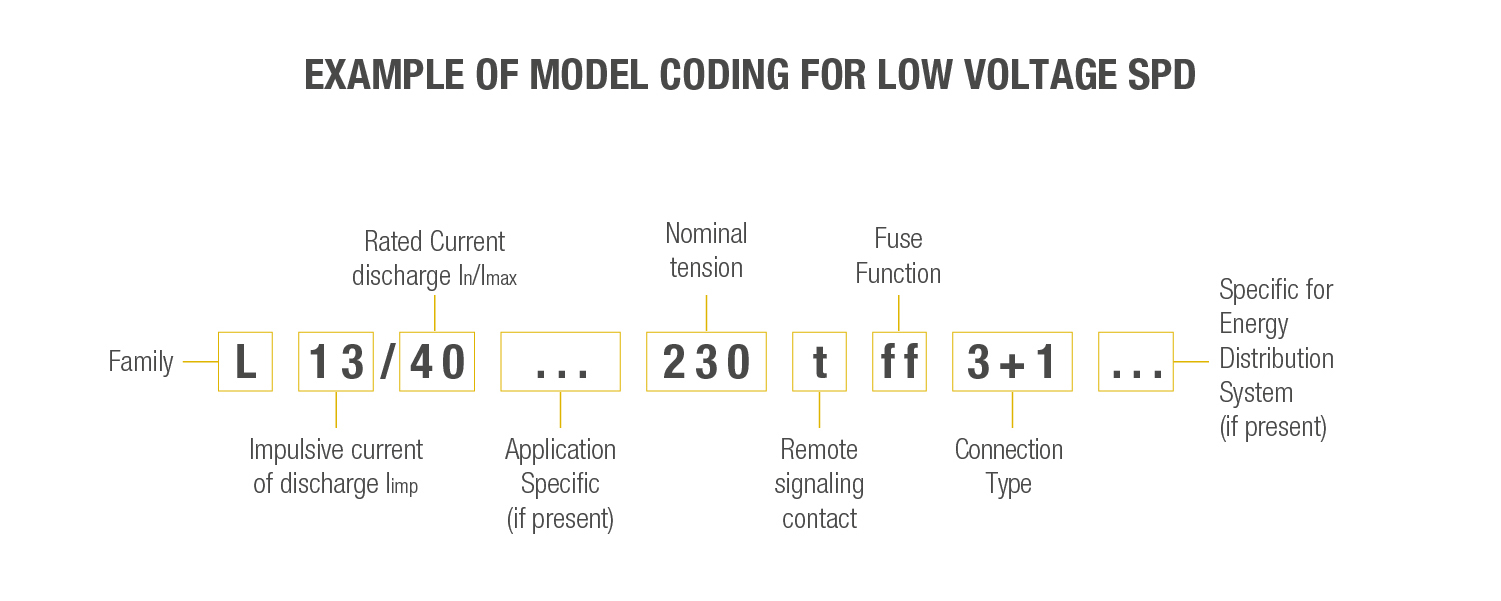

 Deutsch
Deutsch
 Français
Français
 Italiano
Italiano